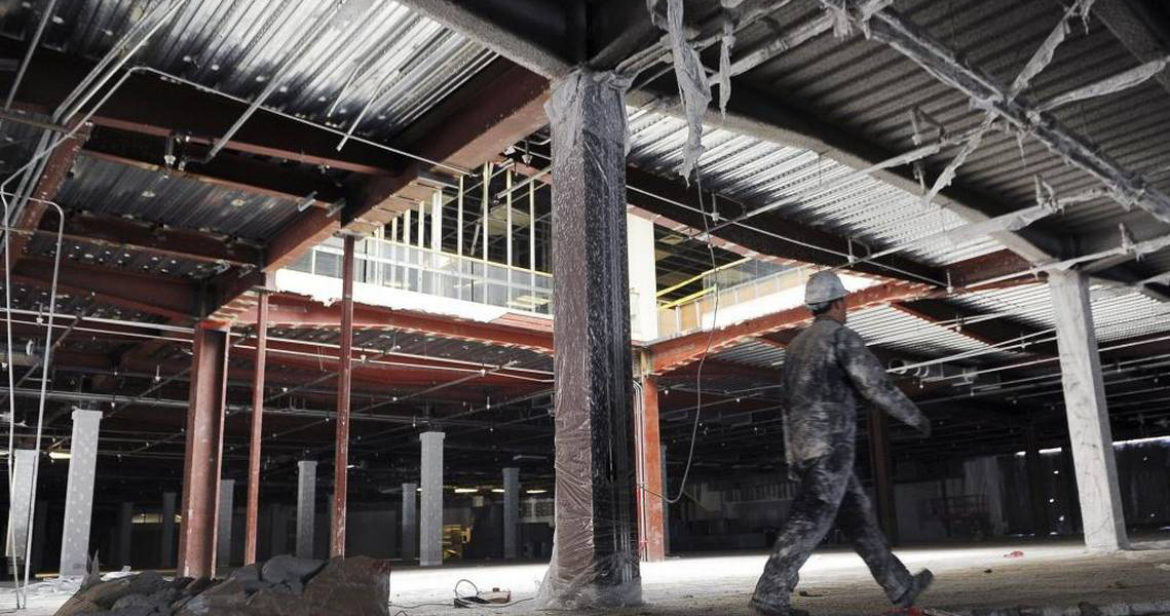This is the eight time the Federal Reserve has raised interest rates since 2015 with the interest rates now at 4.6%.
This is bad news for consumers who borrow and good news for consumers who save.
What it Means for Borrowers
When the interest rates rise, it means that the borrower has higher costs. It affects the economy across the nation and tends to influence the set rates for credit cards and other borrowing methods.
If you have a loan with a variable rate, you need to keep an eye on it. As the Federal interest rates go up, variable interest rates on credit cards, home equity line of credit, adjustable-rate mortgages, and even student-loan variable rates will follow suit.
Greg McBride, the Chief Financial Analyst for Bankrate.com, recommends that borrowers should pay off their credit card debt as quickly as possible. All consumers should find credit cards that offer 0% interest rates for 18 months.
If you have a home equity line of credit, ask lenders if you can set a fixed interest rate on the outstanding balance. Keep in mind that it’s not always an option.
If you have an adjustable-rate home loan, you should refinance right away to a fixed rate. It may be currently higher than your current adjustable rate, but rates are expected to keep rising so it would be lower in the long run.
If you’re in the process of buying a home, lock into the fixed interest rate as soon as possible before it rises again.
What it Means for Savers
Deposit rates for savings accounts and CDs usually rise and fall with the federal interest rate. McBride pointed out that for the first time in over a decade, savers are able to earn a profit from their savings account that keeps up with inflation.
Federal rates are expected to continue rising with one more rate hike in 2018 and 3 rate hikes scheduled for 2019.
Federal rates rise to prevent the economy from growing too fast and keep prices from drastically rising.










